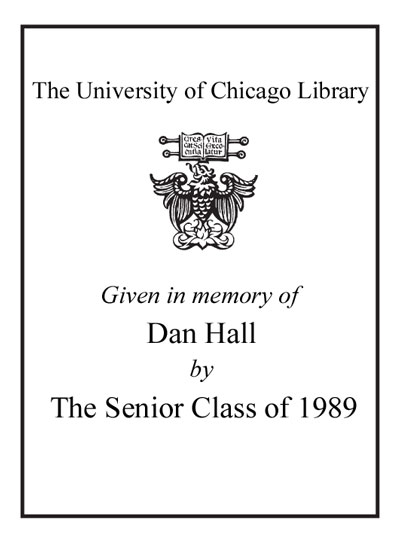| Summary: | "This new book from Mary Acton is a perfect companion volume to Learning to look at Paintings and Learning to look at Modern Art. Like them it is primarily about looking - and particularly about the differences in the experience of looking at three-dimensional art. Covering all periods of Western sculpture from Classical times to the present day, each chapter is broadly chronological, taking examples from different periods, while the book itself takes a thematic approach.Important themes throughout the book include a discussion of the idea of mimesis (the imitation of the natural world) and the three dimensional presence of the sculpture, the influence of the classical tradition on Western sculpture, the three dimensional experience for the spectator, and the use of the turntable in the studio and the experience for the maker of different points of view. There will also be a consideration of the all important relationship of form and space in sculpture and its tactile qualities.Richly illustrated with over 100 images, including photographs of three dimensional art from multiple points of view, and including examples from ancient bronzes and sarcophagi reliefs to the work of Cornelia Parker and Richard Serra, this will be the ideal companion for all those studying, or simply interested in, sculpture"--
"Learning to Look at Sculpture is an accessible guide to the study and understanding of three dimensional art. Sculpture is all around us: in public parks, squares, gardens and railway stations, as part of the architecture of buildings, or when used in commemoration and memorials and can even be considered in relation to furniture and industrial design. This book encourages you to consider the multiple forms and everyday guises sculpture can take. Exploring Western sculpture with examples from antiquity through to the present day, Mary Acton shows you how to analyse and fully experience sculpture, asking you to consider questions such as What do we mean by the sculptural vision? What qualities do we look for when viewing sculpture? How important is the influence of the Classical Tradition and what changed in the modern period? What difference does the scale and context make to our visual understanding? With chapters on different types of sculpture, such as free-standing figures, group sculpture and reliefs, and addressing how the experience of sculpture is fundamentally different due to the nature of its relationship to the space of its setting, the book also explores related themes, such as sculpture's connection with architecture, drawing and design, and what difference changing techniques can make to the tactile and physical experience of sculpture. Richly illustrated with over 200 images, including multiple points of view of three dimensional works, examples include the Riace bronzes, Michelangelo's David, Canova's The Three Graces, medieval relief sculptures, war memorials and works from modern and contemporary artists, such as Henry Moore, Cornelia Parker and Richard Serra, and three-dimensional designers like Thomas Heatherwick"--
|
|---|

